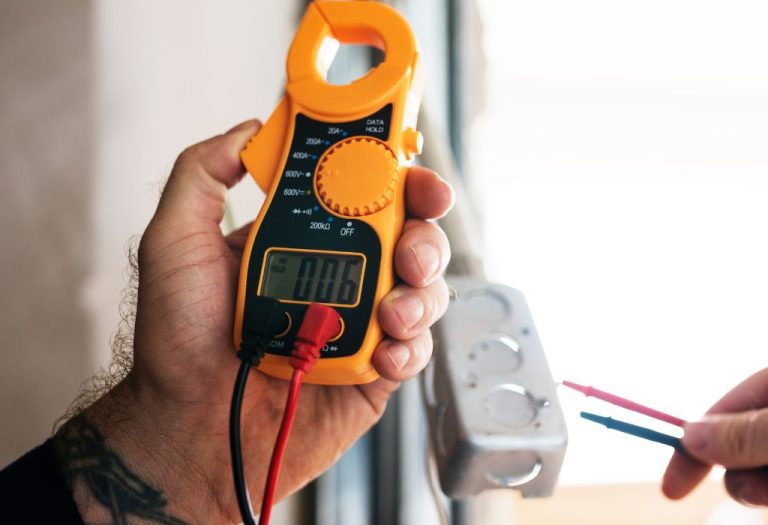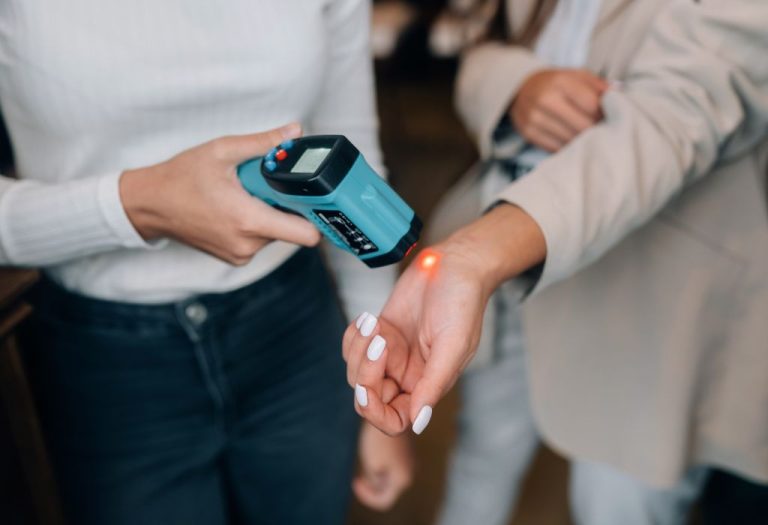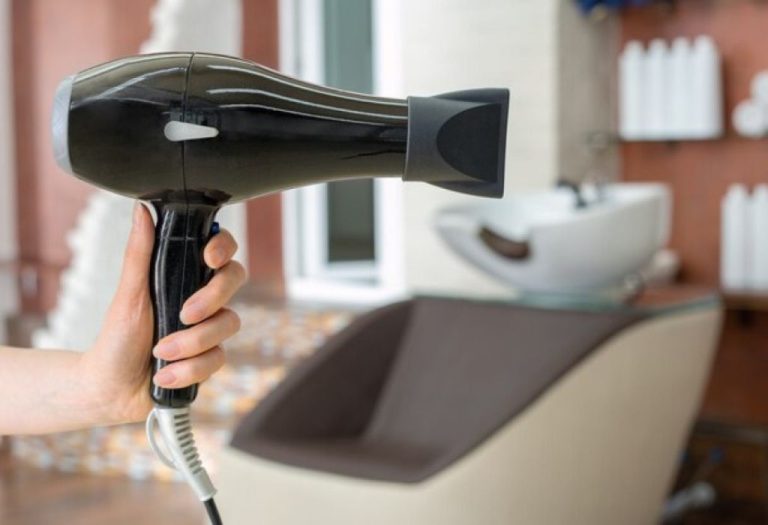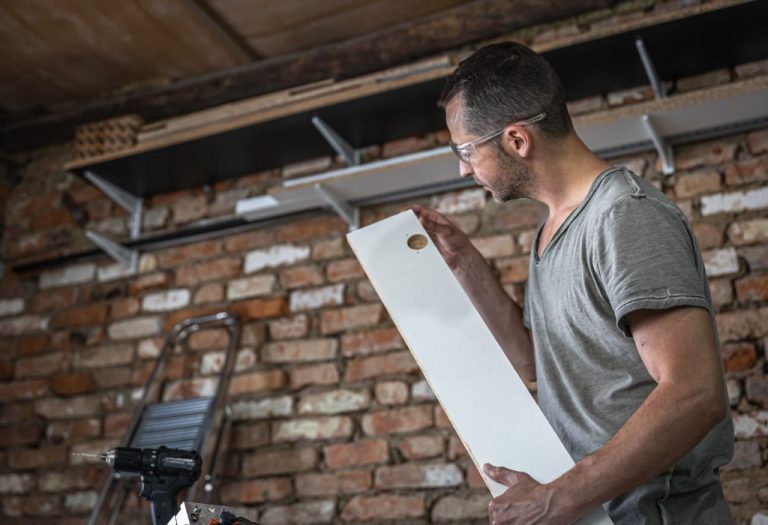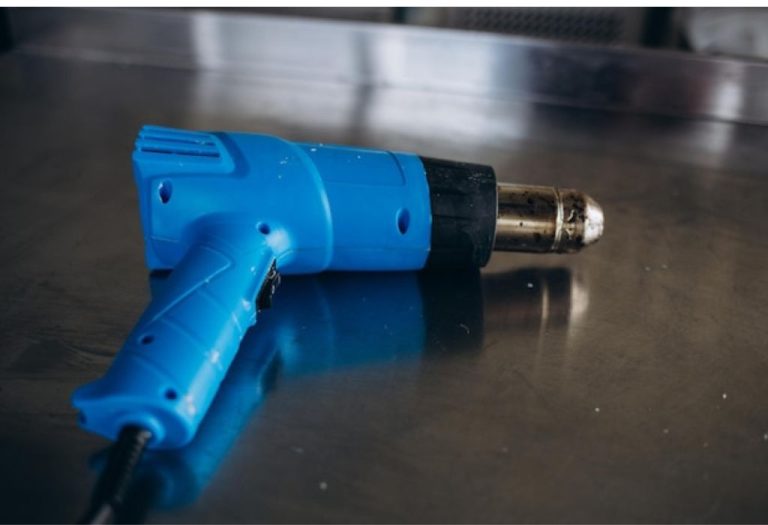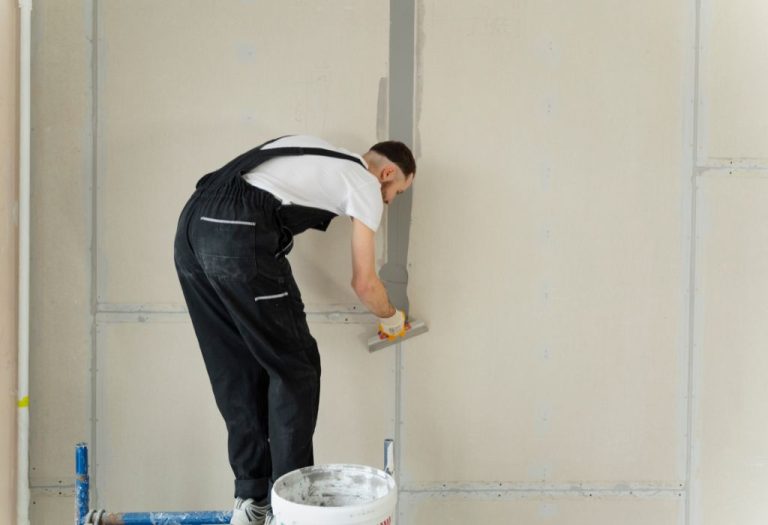Can You Use a Hairdryer Instead of a Heat Gun? Practical Guide
A DIYer sets out to strip paint from an old chair but realizes there is no heat gun in the toolbox. The only option on hand is a simple hairdryer, raising the question of whether it can substitute.
The thought can you use a hairdryer instead of a heat gun is a common one among beginners. Both tools blow hot air, but their design and purpose are completely different.
Hairdryers are built for styling hair, delivering gentle heat that protects against damage. Heat guns, on the other hand, are engineered for intense projects that require concentrated high heat.
Trying to substitute one for the other without knowing the limits can waste time or even ruin the material. In some cases, it can also create safety hazards.
The global hair appliance market is valued at more than $10 billion, proving that almost every household owns at least one hairdryer (Statista). That accessibility makes them the go-to replacement when a heat gun is missing.
But the average heat gun can reach 750°F to 1200°F, while hairdryers max out around 140°F–200°F, showing why they are not equal in performance (Family Handyman). This massive difference changes what each tool can accomplish.
For light projects like removing stickers, thawing pipes, or softening thin plastics, a hairdryer may work. For paint stripping, plastic welding, or shrink wrapping, it simply cannot deliver.
This guide explains when a hairdryer is a safe substitute, when it will fail, and which alternatives can fill the gap. By the end, you’ll know exactly how to approach your DIY project with confidence and the right tool.
Can You Use a Hairdryer Instead of a Heat Gun?
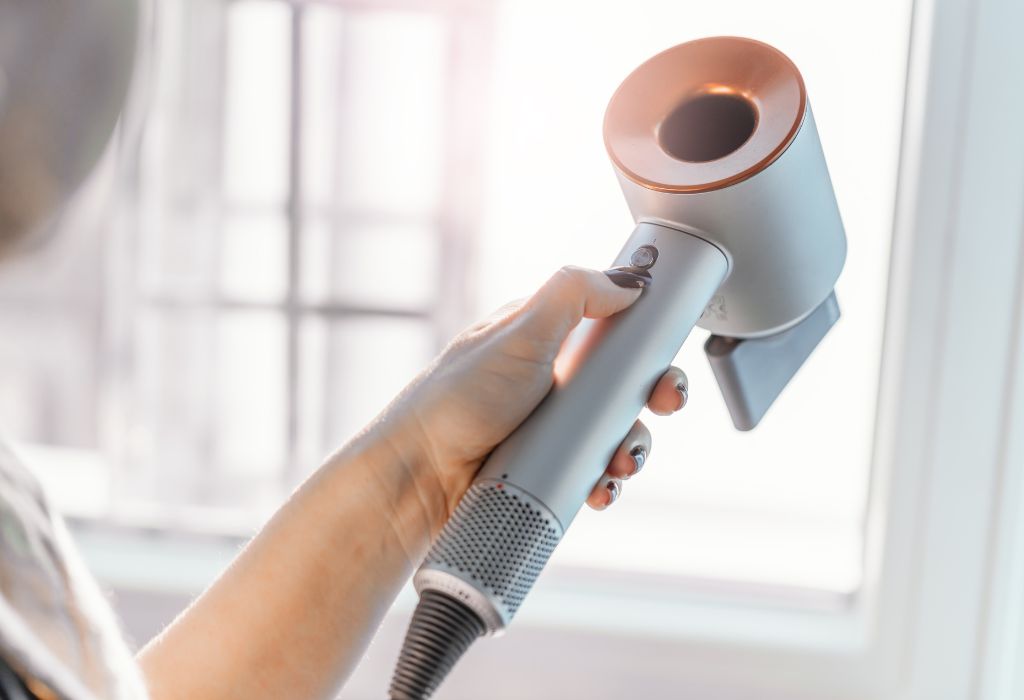
The short answer is yes, but only for certain projects. A hairdryer can handle light-duty jobs that do not require extreme heat.
For tasks demanding high heat, a hairdryer will not reach the temperature needed. In those cases, a heat gun is the only reliable tool.
Can you use a hairdryer instead of a heat gun?
Yes, but only for light-duty projects.
Is it safe to substitute?
Yes, if the task does not need high heat.
Does a hairdryer reach heat gun temperatures?
No, it maxes around 200°F.
Will it work for every project?
No, only for low-heat applications.
Key Differences Between Hairdryers and Heat Guns
Hairdryers are designed to dry and style hair with airflow spread over a wide surface. Heat guns produce concentrated streams of hot air for industrial or repair purposes.
The average hairdryer produces 140°F–200°F of heat. By contrast, heat guns generate 750°F to 1200°F, making them far more powerful.
What temperature does a hairdryer reach?
Around 140°F–200°F.
What about a heat gun?
Between 750°F and 1200°F.
Is airflow different?
Yes, hairdryers spread air, heat guns focus it.
Can they be used interchangeably?
Only for limited tasks.
Tasks Where a Hairdryer Can Replace a Heat Gun
For removing stickers and labels, a hairdryer provides just enough heat to loosen adhesive. It is safe and convenient for small projects.
Frozen pipes can also be thawed using a hairdryer, though it may take longer than a heat gun. Craft projects that require gentle drying, such as embossing powders or paint, also work with a hairdryer.
Thin plastics can sometimes be softened with a hairdryer. These small-scale jobs are where substitution makes sense.
Can I use a hairdryer to remove stickers?
Yes, it works well for adhesives.
Will it thaw frozen pipes?
Yes, though more slowly than a heat gun.
Can it shrink plastic?
Yes, but only thin plastic sheets.
Does it work for crafts?
Yes, for lightweight projects.
Tasks Where a Hairdryer Cannot Replace a Heat Gun
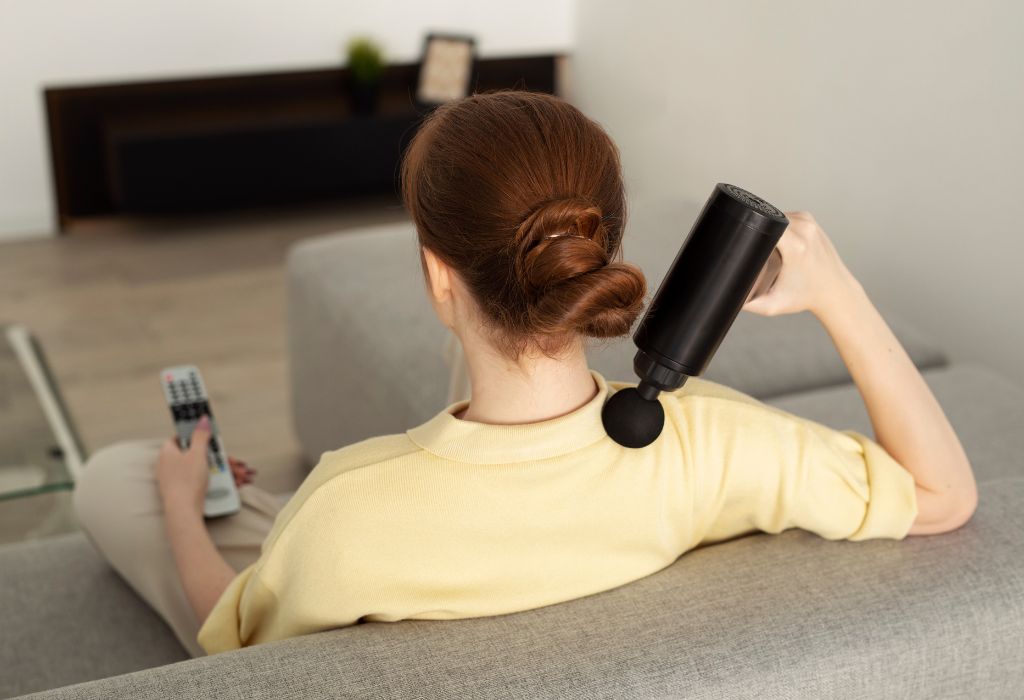
Paint stripping requires extreme heat to bubble and loosen layers. A hairdryer cannot reach these temperatures, so it fails for this job.
Shrink tubing or shrink wrapping also demands higher heat. The limited temperature of a hairdryer cannot shrink thicker wraps effectively.
Plastic welding and PVC bending rely on concentrated high heat. Automotive or industrial repairs are other areas where a hairdryer will not work.
Can I strip paint with a hairdryer?
No, it lacks enough heat.
Will it shrink tubing properly?
No, it fails with thicker wraps.
Can I weld or mold plastic?
No, higher heat is required.
Does it work for industrial jobs?
No, a heat gun is necessary.
Safety Considerations When Substituting
Hairdryers are not built for continuous long heat exposure. Prolonged use can trip breakers, overheat motors, or damage the device.
Fire hazards are a risk if the dryer is left too close to flammable surfaces. Always move it around to avoid overheating one spot.
Can a hairdryer overheat during DIY?
Yes, extended use risks burnout.
Is there a fire risk?
Yes, if left near flammable surfaces.
Should I use it for long sessions?
No, limit usage time.
Can substitution damage the hairdryer?
Yes, it shortens its lifespan.
Alternatives to a Heat Gun Besides Hairdryers
For tiny shrink tubing, a lighter or candle works in emergencies. Gas torches provide high heat for bending PVC or heavy-duty plastic work.
An oven is useful for evenly heating certain materials. Embossing guns designed for crafts are another safe alternative.
Can I use a lighter instead?
Yes, for very small shrink wraps.
Will an oven work?
Yes, for even heating jobs.
Are embossing guns a substitute?
Yes, they work for crafts.
Is a gas torch useful?
Yes, for industrial-level tasks.
Expert Tips for DIYers Using Hairdryers as Substitutes
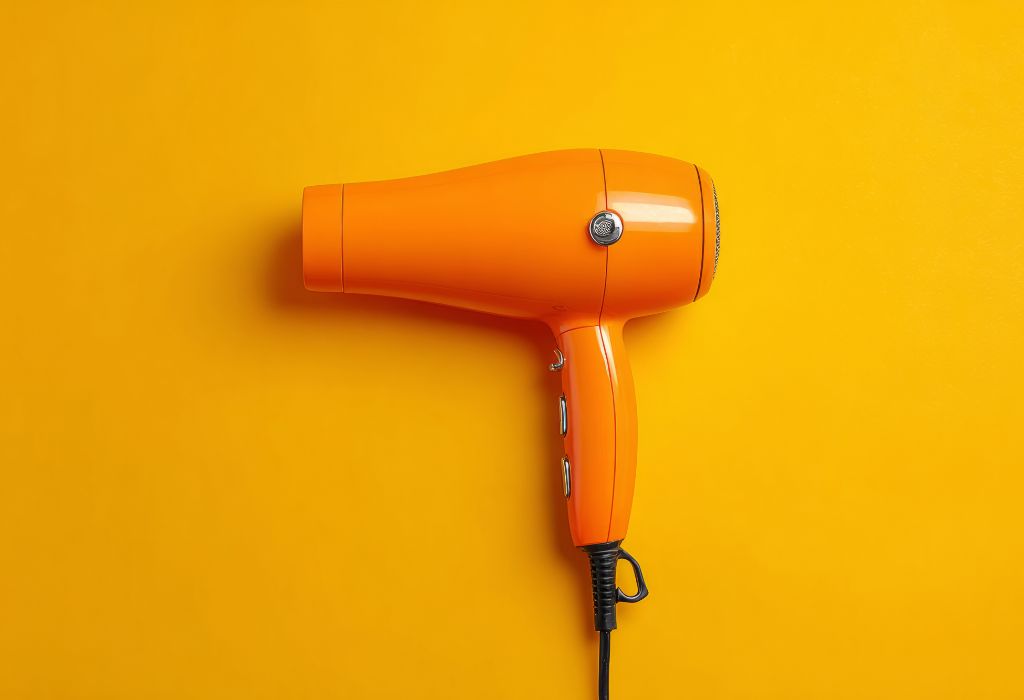
Always test the heat on scrap material before working on the real project. Use the highest heat setting available for better results.
Keep the dryer close but move it around to avoid burning or warping surfaces. Know when to stop and switch to a proper heat gun if results are poor.
Should I test before using?
Yes, always test on scrap first.
Which setting works best?
Maximum heat setting works best.
Do I hold it close?
Yes, but keep it moving constantly.
When should I buy a heat gun?
When the hairdryer cannot achieve results.
Market Trends in Heat Tools
Compact DIY heat guns are gaining popularity. Many are marketed for crafts and small projects where precise heat is needed.
Cordless models with variable settings are becoming standard. Eco-friendly, energy-efficient heat guns are also entering the market.
Are heat guns becoming cheaper?
Yes, affordable DIY models are common.
Do cordless heat guns exist?
Yes, they are gaining popularity.
Are variable heat settings common?
Yes, most modern models include them.
Are eco-friendly models available?
Yes, with efficient energy use.
Conclusion
The answer to can you use a hairdryer instead of a heat gun is yes, but only for simple, low-heat tasks. Hairdryers are effective for stickers, crafts, and thawing pipes.
For high-heat projects like stripping paint, welding plastic, or shrink wrapping, a proper heat gun is required. Substitution beyond its limits risks safety and wasted effort.
By understanding where a hairdryer works and where it fails, you can make smarter choices in DIY. When needed, investing in a heat gun ensures faster, safer, and more reliable results.

I’m Michael R. Turner, the founder, lead writer, and passionate DIY enthusiast behind 101diytools.com. With years of hands-on experience in home improvement and power tools, I built this platform to share practical tips, in-depth guides, and honest reviews to help DIYers of all skill levels tackle projects with confidence and the right tools.

